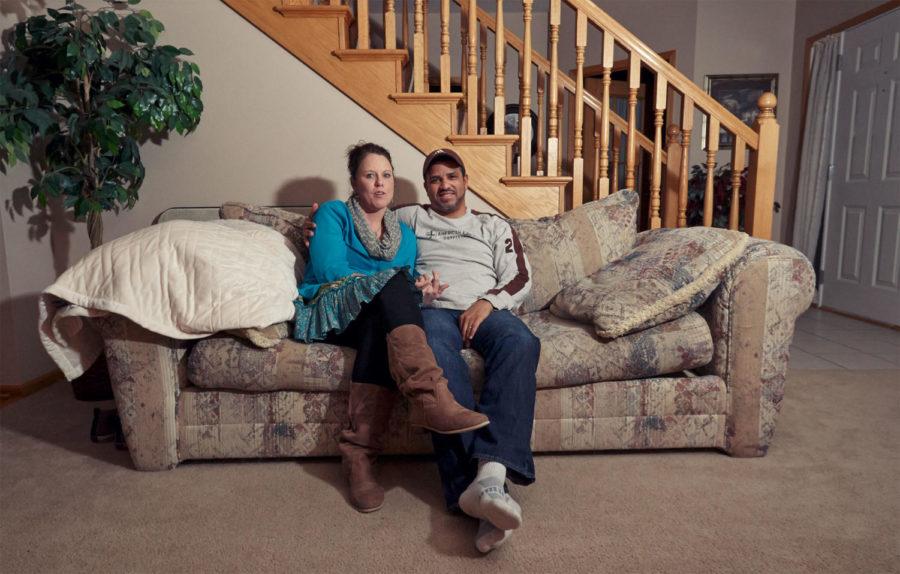Biracial Relationships
Jason and Amy Popillion are in the 2 to 4 percent of U.S. citizens in mixed-race marriages. Jason is Creole and Amy is white.
February 26, 2015
The Pew Research Center conducted a six-year study of America’s attitude towards black-white relationships, friendships and overall acceptance of mixing. The study included those from the “Silent” generation, those born between 1928 and 1946, the Baby Boomers, generation X and Millennials.
Younger generations, those between the ages of 1 to 40, are even more likely to have friends of different races and ethnicities according to a study done by the Pew Research Center, whereas Americans over 50 are considerably less likely to have a cross-racial friendship.
Baby Boomers, people born between 1946 and 1964, became increasingly accepting of black-white dating in the early 1990s, and have become even more so today, according to the Pew Research Center.
The Boomers have become almost as accepting as Millennials.
The oldest generation currently being tracked by the Pew Research Center, the “Silent” generation, people born between 1928 and 1946, have become more racially liberal over time, though they remain significantly less likely to approve of interracial dating than are those in younger generations (68% in 2009), according to the Pew Research Center.
Young adults, minorities, and those with a higher education like a college degree were more likely to say mixed marriages benefited society. The figure shown was 61 percent for 18- to 29-year-olds, compared to 28 percent for those 65 and older.

















